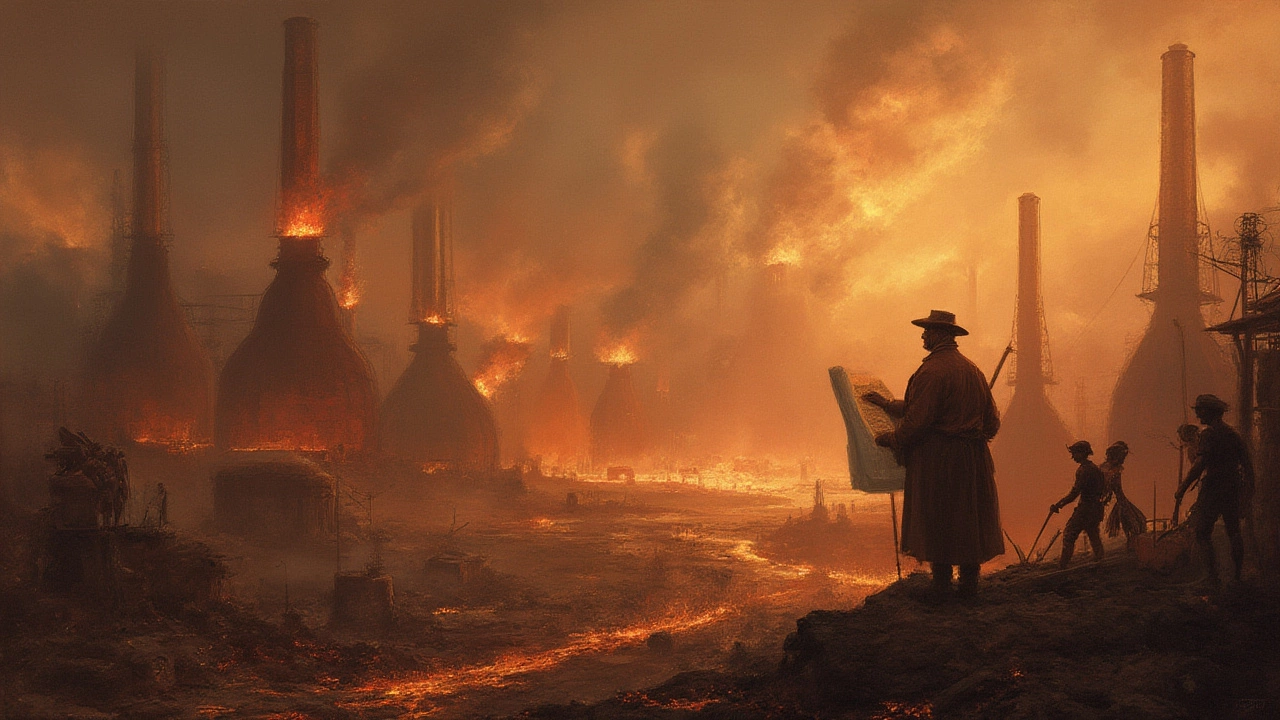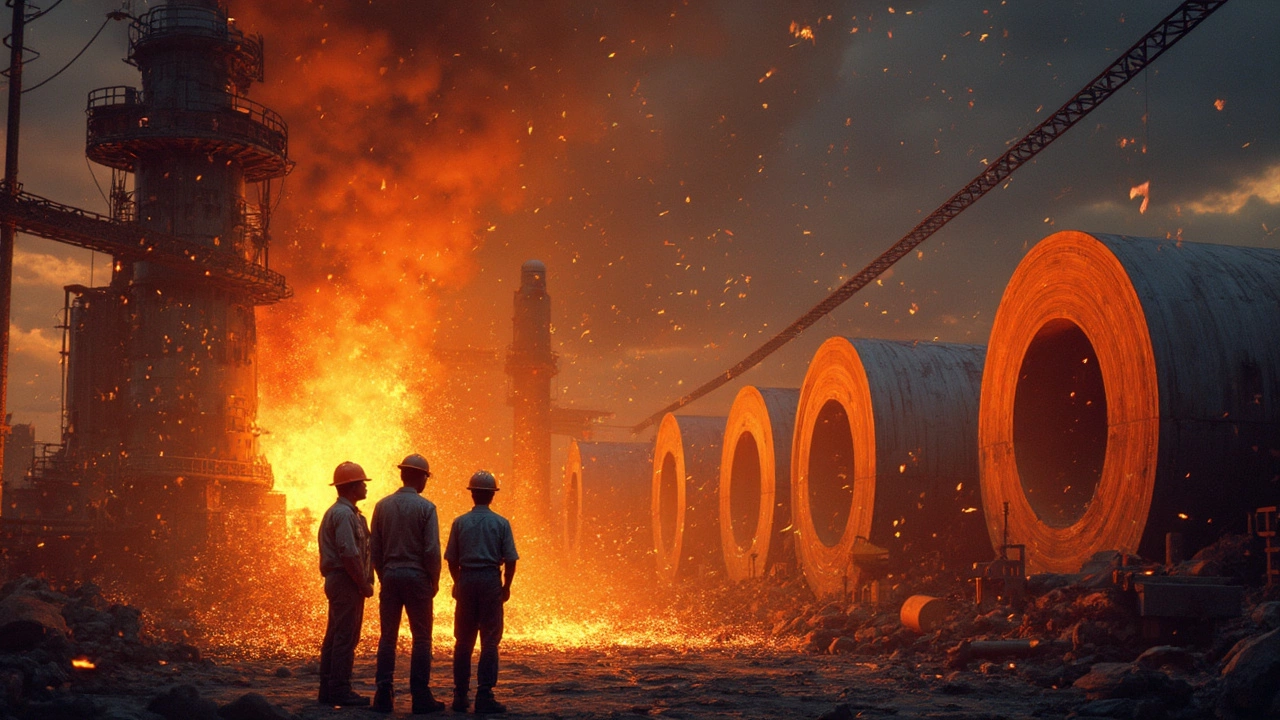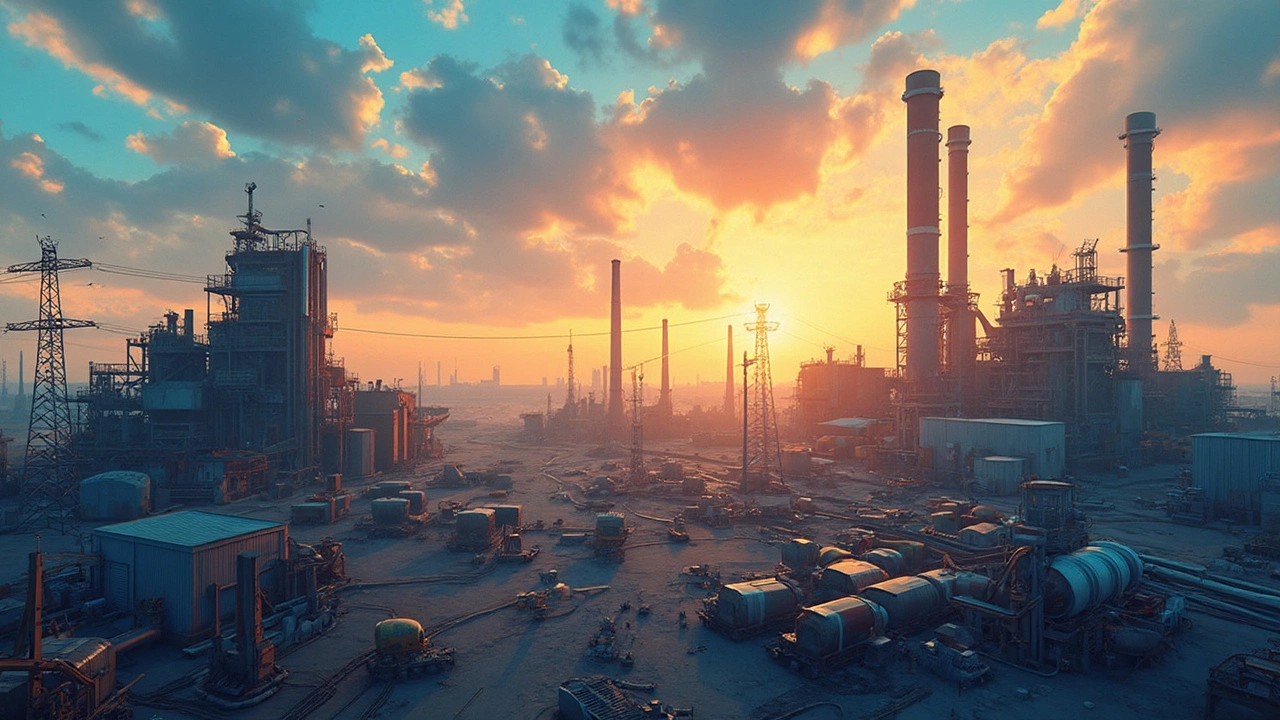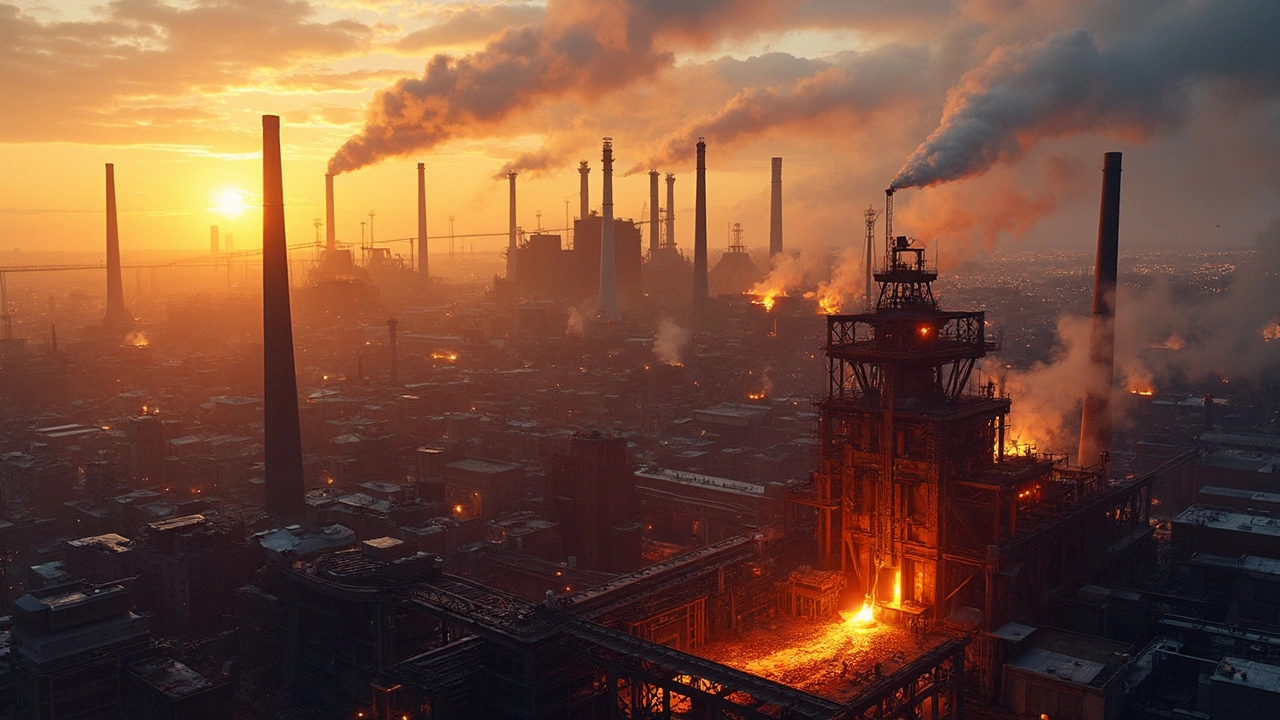Steel Production: What You Need to Know
Ever wondered how the metal that builds bridges, cars, and skyscrapers actually comes to life? Steel production is the backbone of modern industry, and the basics aren’t as mysterious as you might think. In this guide we’ll break down the main steps, share the hottest trends, and show why India is quickly becoming a key player on the global stage.
How Steel Is Made
The journey starts with iron ore, which is melted in a blast furnace together with coke and limestone. This creates molten iron, also called hot metal. The hot metal then moves to a basic oxygen furnace (BOF) or an electric arc furnace (EAF). In a BOF, pure oxygen blows through the liquid iron, burning off excess carbon and turning it into steel. An EAF, on the other hand, uses electricity to melt scrap steel or direct‑reduced iron, making the process more flexible and often greener.
Once the steel is liquid, it’s poured into molds to form slabs, blooms, or billets. These semi‑finished shapes go through rolling mills where they’re flattened, stretched, or shaped into the final products – flat sheets, bars, rods, or tubes. Throughout the whole chain, precise temperature control, chemistry testing, and quality checks keep the steel consistent and reliable.
India’s Steel Landscape
India has leapt into the top five steel‑producing nations. A mix of abundant iron ore, a huge domestic market, and strong government support has driven rapid growth. Major players like Tata Steel, JSW Steel, and Steel Authority of India (SAIL) have expanded capacity, while newer private firms bring advanced technologies and lower‑carbon processes.
What’s really interesting is the shift toward EAF and green steel. With stricter emissions rules and rising energy costs, many Indian plants are adding scrap‑based EAF lines, which cut CO₂ by up to 30% compared to traditional BOF units. The government’s “Make in India” push also encourages local sourcing of raw materials, keeping more value inside the country.
For investors and suppliers, this means a steady demand for everything from raw steel to downstream products like auto parts, construction beams, and household appliances. The market isn’t just growing in volume; it’s diversifying into high‑strength, lightweight, and corrosion‑resistant grades that serve aerospace, renewable energy, and defense sectors.
In short, steel production today blends age‑old chemistry with cutting‑edge tech, and India’s role is only getting bigger. Whether you’re a student, a business owner, or just a curious reader, understanding these basics helps you see why steel remains the world’s most versatile material. Keep an eye on the trends – especially the move to greener methods – and you’ll stay ahead of the curve in a rapidly changing industry.

Who Is the Father of the Steel Industry? The Untold Legacy of Andrew Carnegie
Who shaped steel as we know it? Dive into Andrew Carnegie’s dramatic rise, iron secrets, and sometimes dark side to discover how steel changed the world.

Steel Mills in the US: What's Left and Where Are They Now?
Wondering if the US still has working steel mills? This article breaks down the current state of steel manufacturing in the US, where you can find the remaining mills, and how they've changed over the years. Get real facts about jobs, major companies, and what’s driving the industry now. Discover why some mills survived when many shut down and what the future might look like for American steel. Perfect for anyone curious about where American steel comes from today.

Where is Steel Made in the US: Top Locations Uncovered
Discover where steel manufacturing thrives in the US, highlighting major production hubs in states like Indiana and Ohio. Uncover the history and modern advancements that keep these plants running efficiently. Learn about the significance of locations like Gary and Detroit in shaping the American steel landscape. Find out how renewable energy is transforming traditional steel plants, and what the future holds for this crucial industry.

What US City Makes the Most Steel?
American cities have long been involved in steel production, but one city stands out as the top steel producer in the country. This article delves into the historical significance of America's leading steel city and explores how it maintains its dominant position today. Discover the economic impact of steel on local and national scales, along with an insight into modern manufacturing techniques that contribute to its success. Learn how workforce skills and technological advancements play a crucial role in the steel industry's continued growth.



